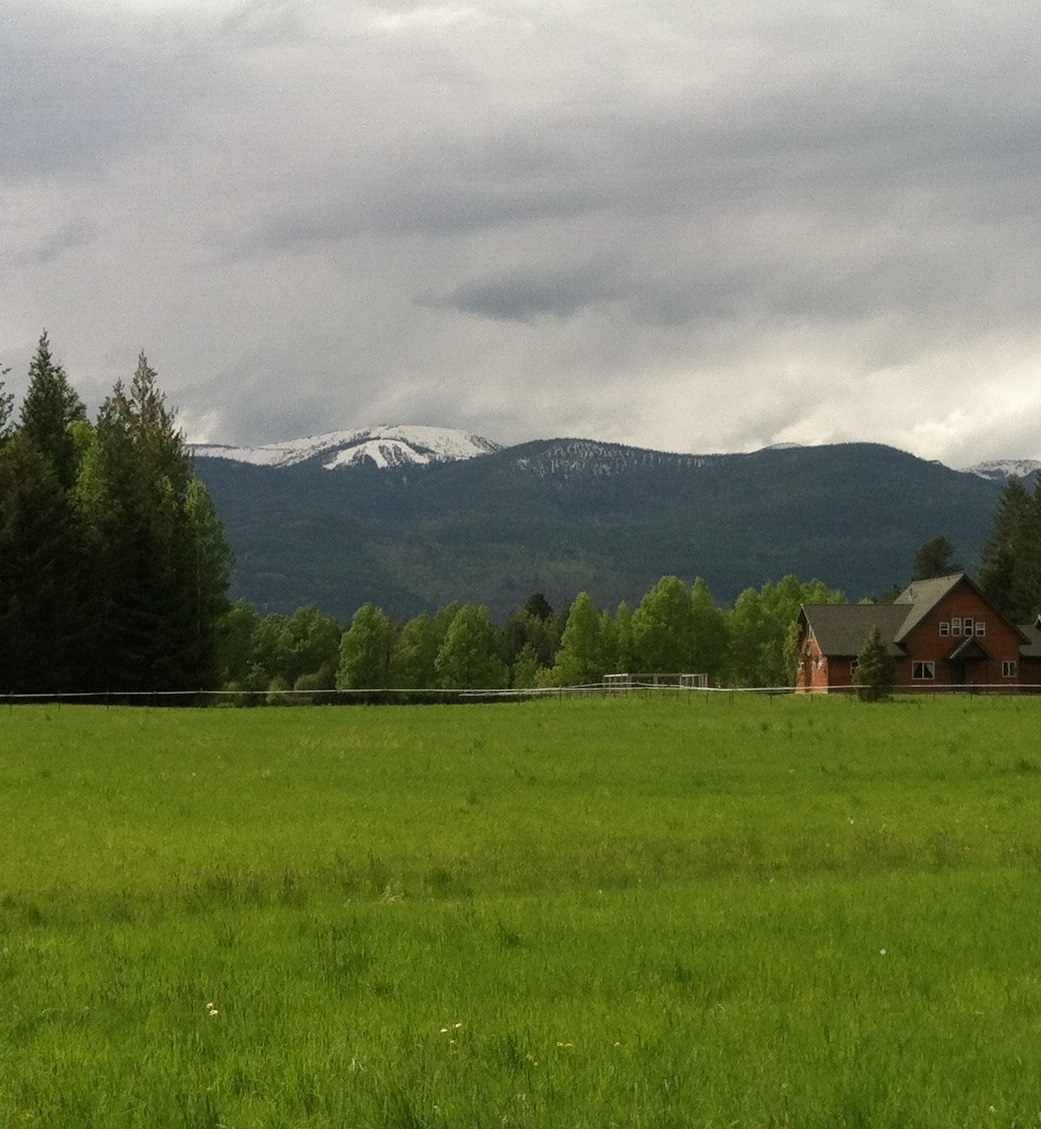blog - master plan
Developing a Master Plan
 So you’ve found the ideal homestead or retreat property, which includes a great location, good solar exposure, abundant water, and defensible terrain. Your home has been built with ballistic walls, fire resistant roofing and has been loaded with a stockpile of your beans, bullets, band-aids and bullion. Now comes the question, “Has your property been thoughtfully designed to take full advantage of these natural resources to provide the necessary year-round food production, multiple means of water access and storage, a renewable energy supply and the site security features that are required to maintain a life of independence?” Plus, have you considered each of these necessities in conjunction with the others in order to provide the most benefit and least conflicts? These are some of the many reasons to develop a homestead or retreat property design that integrates each of these features into a master plan design where the whole is truly greater than the sum of its parts.
So you’ve found the ideal homestead or retreat property, which includes a great location, good solar exposure, abundant water, and defensible terrain. Your home has been built with ballistic walls, fire resistant roofing and has been loaded with a stockpile of your beans, bullets, band-aids and bullion. Now comes the question, “Has your property been thoughtfully designed to take full advantage of these natural resources to provide the necessary year-round food production, multiple means of water access and storage, a renewable energy supply and the site security features that are required to maintain a life of independence?” Plus, have you considered each of these necessities in conjunction with the others in order to provide the most benefit and least conflicts? These are some of the many reasons to develop a homestead or retreat property design that integrates each of these features into a master plan design where the whole is truly greater than the sum of its parts.
A master plan design is one that integrates the features of water, food, energy and defense into a single comprehensive site plan drawing for your homestead or retreat property. Let’s face it, very few of us have the quantity of land or financial resources required to develop a complete homestead or retreat property all at once. However, with a well devised property layout that considers the most advantageous locations for a full build-out scenario and factors in the likelihood that such improvements will be implemented over a series of phases, you can invest your resources at each progressive step of the way with the confidence that it will enhance the value of your homestead or retreat and not become a roadblock to future improvements.
When developing your master plan design, I suggest following these steps:
1. Begin by compiling a list of your intended property enhancements. I suggest that you categorize the list so that the truly necessary items are separate from those that are more luxury items. For example, growing food producing plants is a necessity, while growing nice green grass for your front lawn is not (unless of course the grass is being used to feed your family cow).
2. Now walk the entirety of your property, assessing the opportunities and constraints that it possesses. Have your property enhancement list in mind as you look around and consider how the land will either make it easier or harder to implement your list. So, if you want to create a pond on your property at the top of the hill and the water is at the bottom of the hill, you either need to figure out how to pump the water up the hill or consider locating the pond downhill from the water source. The basic idea is to use common sense.
3. You can now assess your list of intended property enhancements through the lens of the opportunities and constraints that the property presents. Based on this perspective, you can determine the rough level of effort and resources that will be needed to implement each of these items. I also like to assign an estimated level of time and cost to each item.
4. Next you can prioritize your list of property enhancements by ranking them in level of importance based on how much impact they will have on the long-term viability of your retreat or homestead. Keep in mind that you can live for 30 days without food (or more for those of us with some reserves that have been acquired around our midsection), but only 3 days without water.
5. Once you have gone through that exercise, you can look at each item to determine which property enhancements can be integrated with one another in order to improve the function of each one and/or reduce the amount of resources required for implementation. This will allow you to group items together, providing a foundation for grouping your property enhancements into phases based on the level of priority and the value gained through integration. As an example, if you are building a woodshed or similar outbuilding, consider constructing the roof slope and framing so that it can also be used to support a solar panel array.
6. Now comes the fun part. Using your list of prioritized, integrated, and phased property enhancements, locate each one on a drawing (such as a survey) or aerial image of your homestead or retreat property. This is similar to a game of chess, in that you need to strategically locate each piece, making the most use of each piece’s potential, while also avoiding the limitations that specific piece may create for your other pieces. I recommend representing each property enhancement with a piece of paper cut to scale that you can move around over your drawing or aerial image of the property. This way you can quickly and easily try out different locations for each component to determine how they relate to one another and the larger whole. As you develop your master plan design, keep in mind important considerations such as maintaining open views from your house and other structures for security, maintaining or intentionally shading from solar exposure, and water runoff and/or collection.
So, begin the master planning design process with your ultimate goals in mind and remember to plan your property enhancements with the forethought to integrate the primary needs of food production, water access, energy supply and security features in order to support the long-term viability of your homestead or retreat. Given the instability of the global economy and the fragility of the food supply chain, don’t wait to begin your master plan design. Develop a plan and begin implementing your property enhancements now in order to gain the security and self-sufficiency that a well developed retreat or homestead property can provide. If you see the value of a master plan design, but feel that it is more than you wish to take on yourself or would like to have a professional quality master plan design created for you, please feel free to contact me here.
Helping you achieve a life of liberty.

© 2023 Strategic Landscape Design
